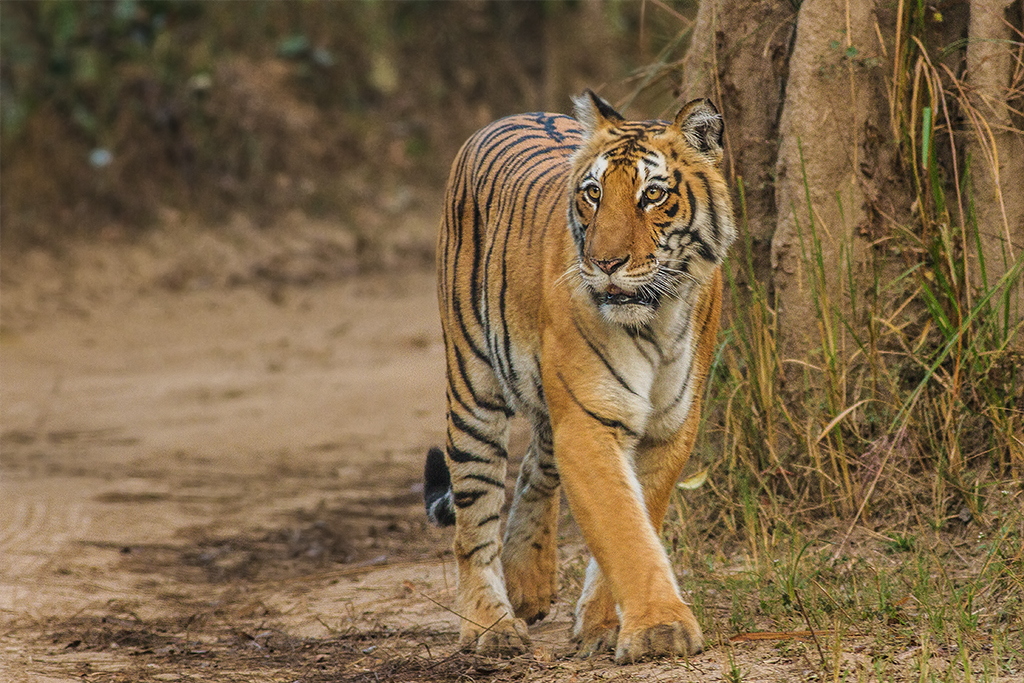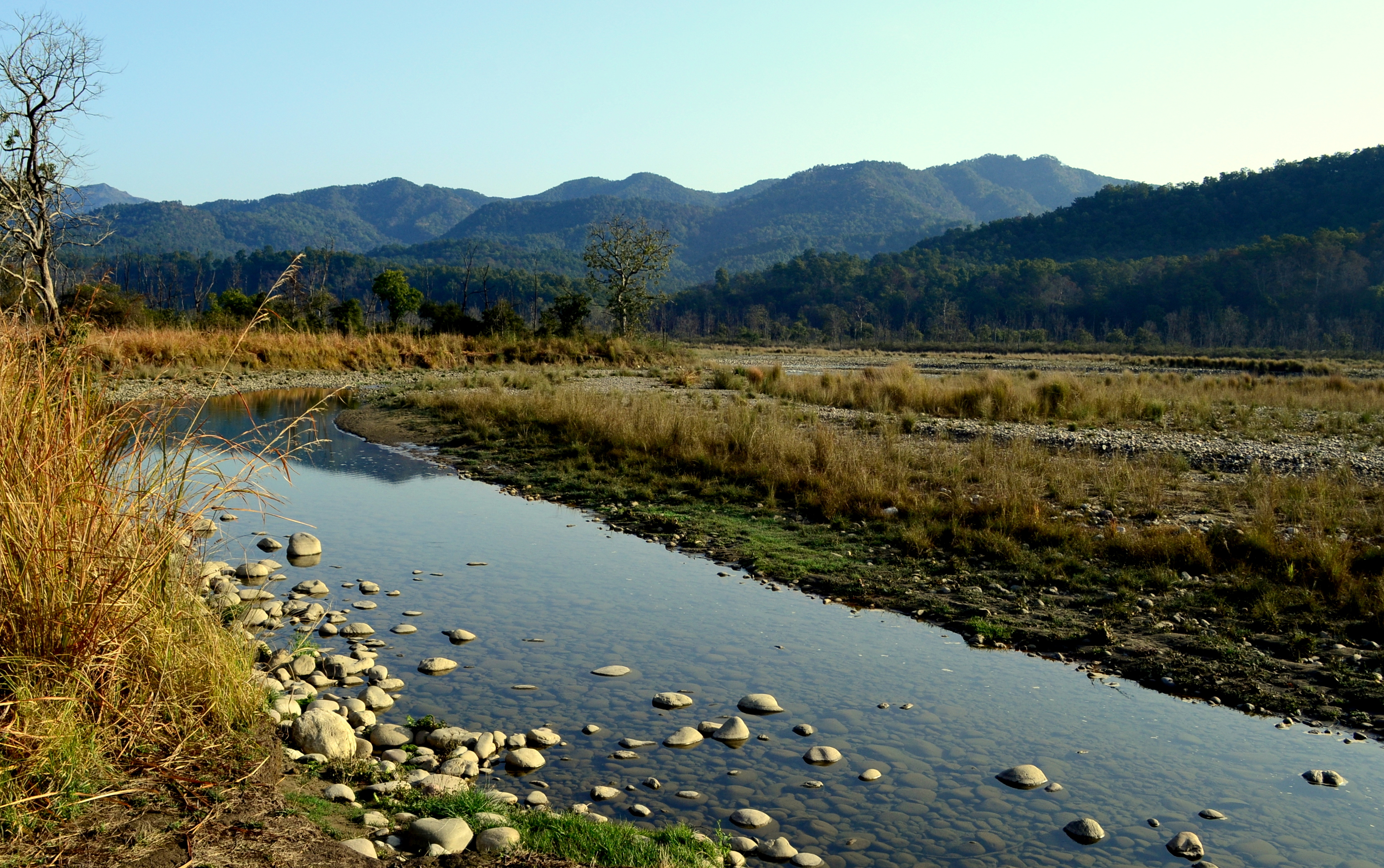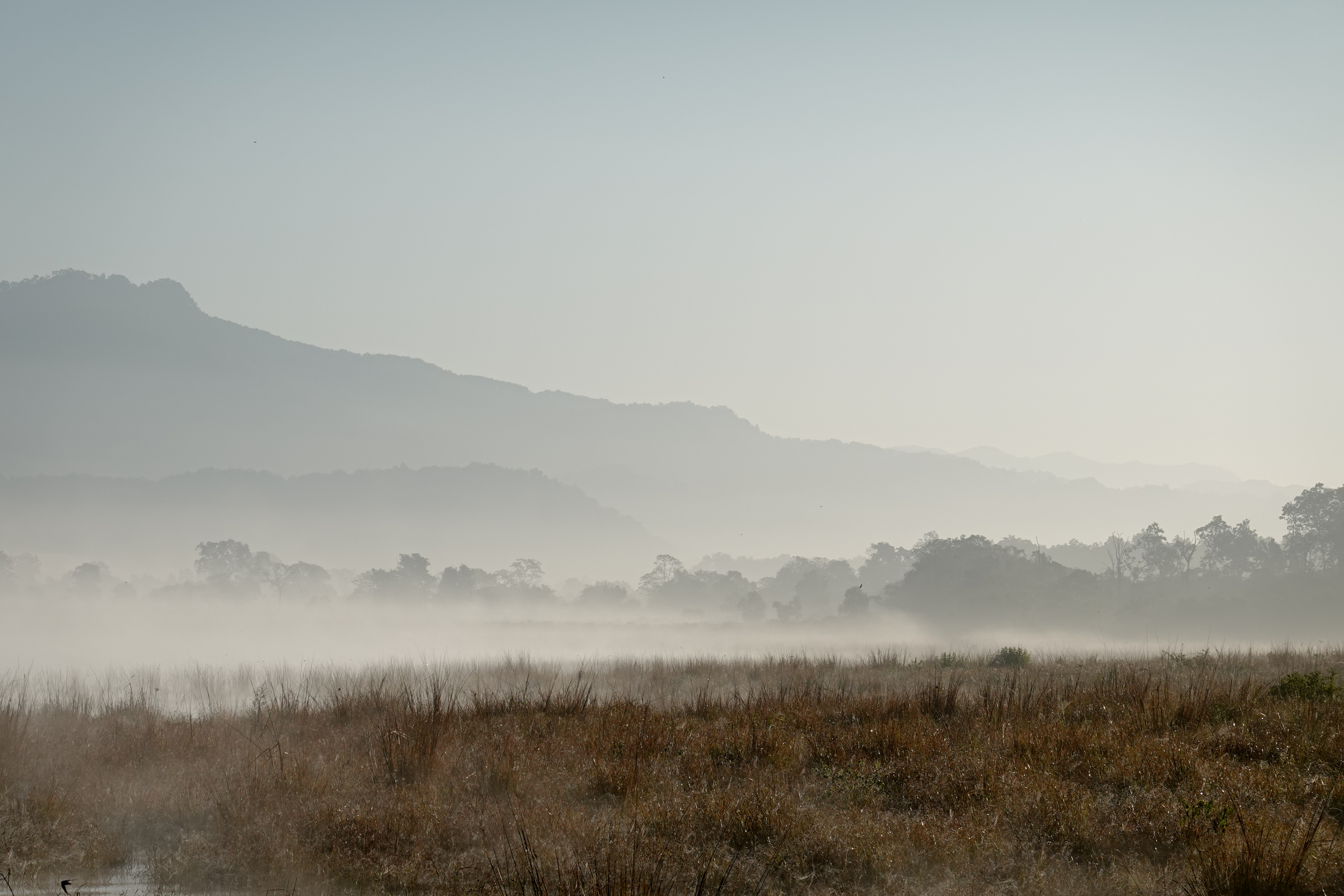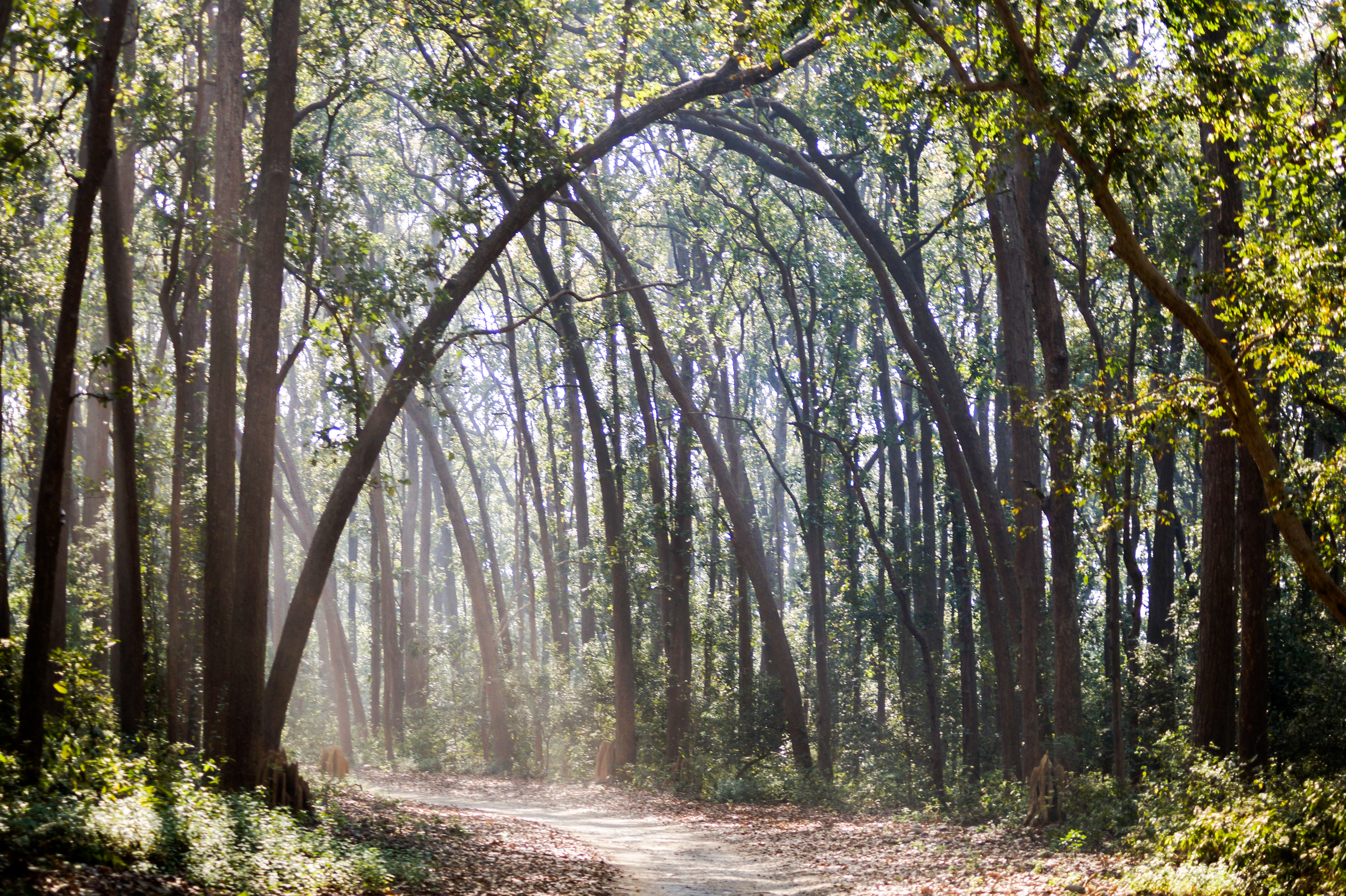Jim Corbett Falls embodies a remarkable transformation from hunting grounds to a sanctuary of conservation. Located in the picturesque Nainital district of Uttarakhand, this natural wonder represents more than just a scenic landscape—it symbolizes the profound journey of a man who transitioned from being a renowned hunter to a passionate wildlife protector.
Born in 1875 to a family with British and Indian heritage, Jim Corbett's early life was deeply intertwined with the forests surrounding Nainital. His childhood experiences navigating these dense woods shaped his understanding of wilderness and wildlife, setting the stage for his extraordinary career. Initially known for tracking and eliminating man-eating tigers that threatened local villages, Corbett's reputation as a hunter was legendary throughout the Kumaon region.
Man-Eaters of Kumaon, his seminal work, chronicles these intense encounters, providing vivid narratives that reveal not just his hunting prowess but also his deep respect for the animals he pursued. The book offers intimate glimpses into the complex relationship between humans and wildlife in the early 20th century, documenting stories that blend adventure, survival, and an emerging environmental consciousness.
As time progressed, Corbett's perspective evolved dramatically. He transitioned from being a hunter to becoming one of India's most significant early conservationists. His efforts were instrumental in establishing Jim Corbett National Park, initially known as Hailey National Park, which became India's first national protected area. This transformation reflected a broader understanding of ecological balance and the need to preserve wildlife habitats.
The surrounding landscape tells a nuanced story of environmental and cultural evolution. British colonial administrators initially cleared forests for strategic purposes, displacing indigenous communities like the Buksas tribe. However, these same forests would later become a critical conservation zone, reflecting the complex interplay of colonial administration and emerging environmental awareness.
Corbett's legacy extends far beyond wildlife protection. He was deeply connected to local communities, helping villagers develop irrigation projects and constructing protective barriers to minimize human-animal conflicts. His establishment of Choti Haldwani village and his continued engagement with local populations demonstrated a holistic approach to conservation that considered both ecological and human dimensions.
The waterfall itself serves as a natural monument to Corbett's philosophy. Surrounded by lush forests and home to an incredible biodiversity—including over 365 bird species—it represents a living tribute to his conservation ideals. The serene environment invites visitors to experience the delicate balance between human appreciation and natural preservation, embodying the very principles Corbett championed throughout his remarkable life.








